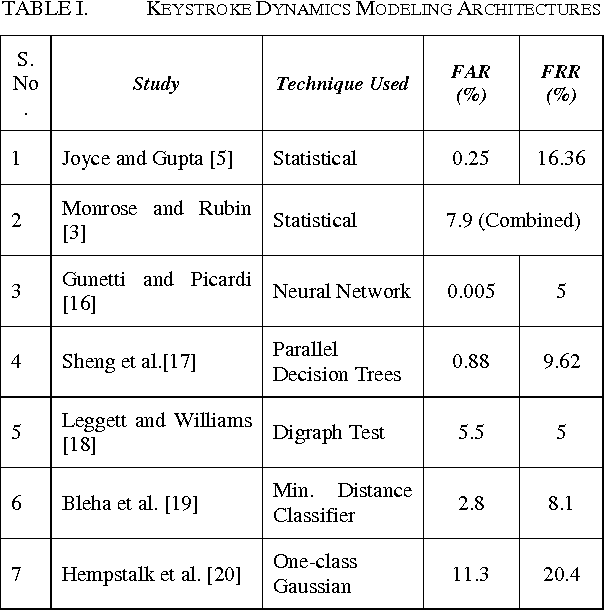Vaibhav Choudhary
Beam Cross Sections Create Mixtures: Improving Feature Localization in Secondary Electron Imaging
Aug 13, 2025Abstract:Secondary electron (SE) imaging techniques, such as scanning electron microscopy and helium ion microscopy (HIM), use electrons emitted by a sample in response to a focused beam of charged particles incident at a grid of raster scan positions. Spot size -- the diameter of the incident beam's spatial profile -- is one of the limiting factors for resolution, along with various sources of noise in the SE signal. The effect of the beam spatial profile is commonly understood as convolutional. We show that under a simple and plausible physical abstraction for the beam, though convolution describes the mean of the SE counts, the full distribution of SE counts is a mixture. We demonstrate that this more detailed modeling can enable resolution improvements over conventional estimators through a stylized application in semiconductor inspection of localizing the edge in a two-valued sample. We derive Fisher information about edge location in conventional and time-resolved measurements (TRM) and also derive the maximum likelihood estimate (MLE) from the latter. Empirically, the MLE computed from TRM is approximately efficient except at very low beam diameter, so Fisher information comparisons are predictive of performance and can be used to optimize the beam diameter relative to the raster scan spacing. Monte Carlo simulations show that the MLE gives a 5-fold reduction in root mean-squared error (RMSE) of edge localization as compared to conventional interpolation-based estimation. Applied to three real HIM datasets, the average RMSE reduction factor is 5.4.
Combining Keystroke Dynamics and Face Recognition for User Verification
Aug 02, 2017


Abstract:The massive explosion and ubiquity of computing devices and the outreach of the web have been the most defining events of the century so far. As more and more people gain access to the internet, traditional know-something and have-something authentication methods such as PINs and passwords are proving to be insufficient for prohibiting unauthorized access to increasingly personal data on the web. Therefore, the need of the hour is a user-verification system that is not only more reliable and secure, but also unobtrusive and minimalistic. Keystroke Dynamics is a novel Biometric Technique; it is not only unobtrusive, but also transparent and inexpensive. The fusion of keystroke dynamics and Face Recognition engenders the most desirable characteristics of a verification system. Our implementation uses Hidden Markov Models (HMM) for modelling the Keystroke Dynamics, with the help of two widely used Feature Vectors: Keypress Latency and Keypress Duration. On the other hand, Face Recognition makes use of the traditional Eigenfaces approach.The results show that the system has a high precision, with a False Acceptance Rate of 5.4% and a False Rejection Rate of 9.2%. Moreover, it is also future-proof, as the hardware requirements, i.e. camera and keyboard (physical or on-screen), have become an indispensable part of modern computing.
 Add to Chrome
Add to Chrome Add to Firefox
Add to Firefox Add to Edge
Add to Edge